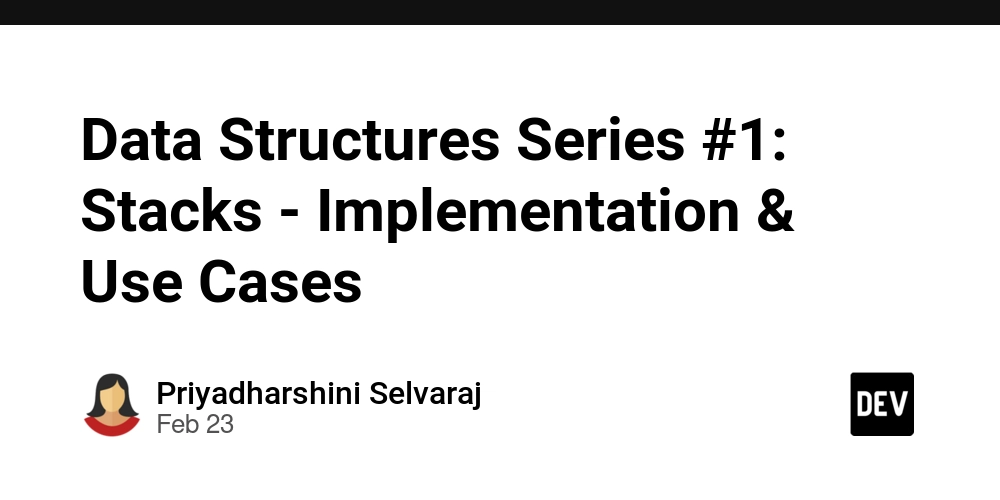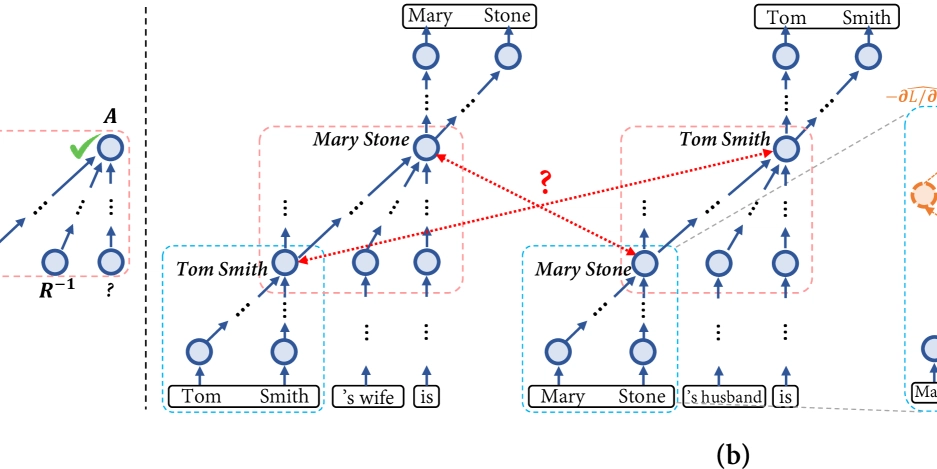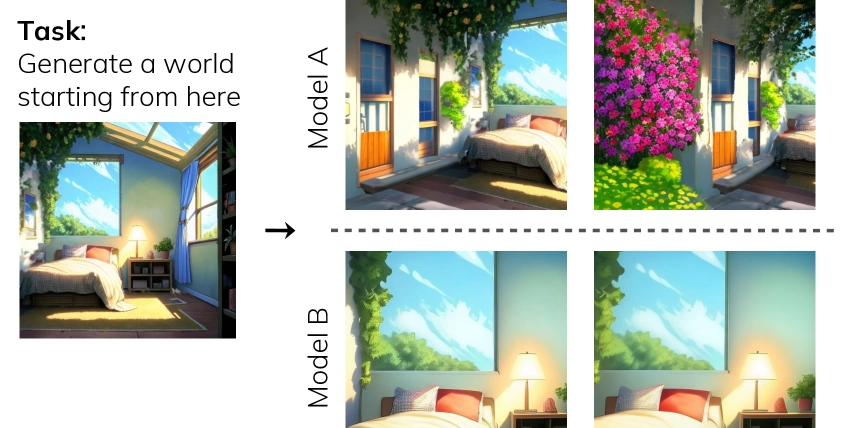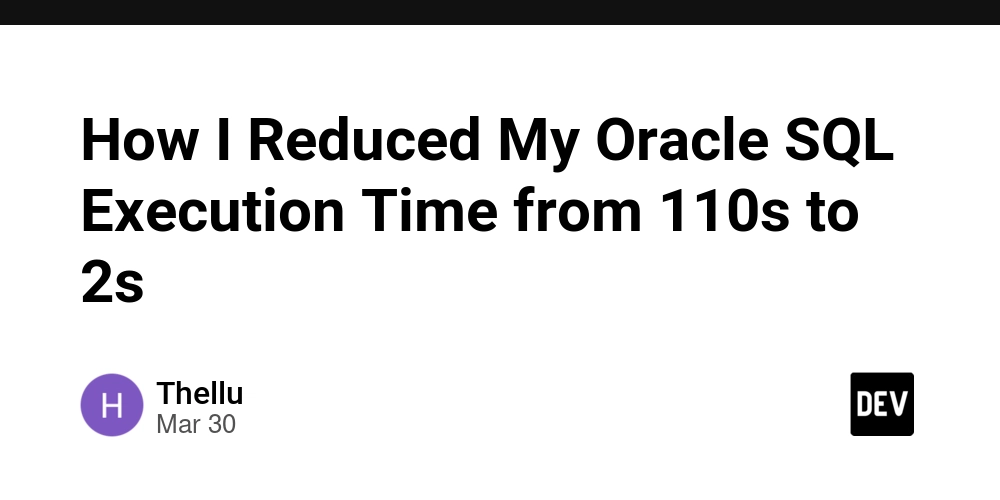Data Structures Series #1: Stacks - Implementation & Use Cases
Introduction Welcome to my tech blog series, where I'll explore one data structure a day! In this first post, we’ll dive into Stacks, one of the fundamental data structures in computer science. We’ll cover its implementation in JavaScript, explore real-world use cases, and provide example code to reinforce your understanding. What is a Stack? A Stack is a linear data structure that follows the Last In, First Out (LIFO) principle, meaning the last item added is the first one to be removed. Think of a stack of plates in a cafeteria—each new plate is placed on top, and you take the top plate first. Key Operations in a Stack: Push – Adds an element to the top of the stack. Pop – Removes the top element from the stack. Peek – Returns the top element without removing it. isEmpty – Checks if the stack is empty. Size – Returns the number of elements in the stack. Implementing a Stack in JavaScript 1. Using an Array (Simplest Approach) JavaScript arrays have built-in methods (push and pop) that make it easy to implement a stack. class Stack { constructor() { this.items = []; } push(element) { this.items.push(element); } pop() { if (this.isEmpty()) { return null; } return this.items.pop(); } peek() { return this.isEmpty() ? null : this.items[this.items.length - 1]; } isEmpty() { return this.items.length === 0; } size() { return this.items.length; } } // Usage example const stack = new Stack(); stack.push(10); stack.push(20); console.log(stack.peek()); // 20 console.log(stack.pop()); // 20 console.log(stack.size()); // 1 2. Using a Linked List (More Efficient for Large Data Sets) For a more efficient stack (especially for large-scale applications), we can implement it using a linked list, avoiding array resizing overhead. class Node { constructor(value) { this.value = value; this.next = null; } } class Stack { constructor() { this.top = null; this.length = 0; } push(value) { const newNode = new Node(value); newNode.next = this.top; this.top = newNode; this.length++; } pop() { if (this.isEmpty()) { return null; } const poppedValue = this.top.value; this.top = this.top.next; this.length--; return poppedValue; } peek() { return this.isEmpty() ? null : this.top.value; } isEmpty() { return this.length === 0; } size() { return this.length; } } // Usage example const stack = new Stack(); stack.push(10); stack.push(20); console.log(stack.peek()); // 20 console.log(stack.pop()); // 20 console.log(stack.size()); // 1 Real-World Use Cases of Stacks 1. Browser History Navigation When you visit a webpage, it gets pushed onto a stack. Pressing the back button pops the last visited page. class BrowserHistory { constructor() { this.history = new Stack(); } visitPage(url) { this.history.push(url); } goBack() { return this.history.pop(); } } const browser = new BrowserHistory(); browser.visitPage('google.com'); browser.visitPage('dev.to'); console.log(browser.goBack()); // dev.to 2. Undo/Redo Functionality Text editors use two stacks—one for undo and one for redo actions. 3. Expression Evaluation - Postfix, Prefix Stacks are used to evaluate expressions like Postfix (Reverse Polish Notation) and Prefix Notation. function evaluatePostfix(expression) { const stack = new Stack(); const tokens = expression.split(' '); for (let token of tokens) { if (!isNaN(token)) { stack.push(parseInt(token)); } else { const b = stack.pop(); const a = stack.pop(); switch (token) { case '+': stack.push(a + b); break; case '-': stack.push(a - b); break; case '*': stack.push(a * b); break; case '/': stack.push(a / b); break; } } } return stack.pop(); } console.log(evaluatePostfix("2 3 + 5 *")); // 25 4. Expression Evaluation - Syntax Parsing Stacks are used in evaluating arithmetic expressions and validating balanced parentheses in expressions like: function isBalanced(expression) { const stack = []; const pairs = { '(': ')', '{': '}', '[': ']' }; for (let char of expression) { if (pairs[char]) { stack.push(char); } else if (Object.values(pairs).includes(char)) { if (!stack.length || pairs[stack.pop()] !== char) { return false; } } } return stack.length === 0; } console.log(isBalanced("( [ { } ] )")); // true console.log(isBalanced("( [ { ] } )")); // false 5. Backtracking Algorithms Stacks are essential for solving problems using backtracking, such as maze solving, depth-first search (DFS) in graphs, etc. Conclusion Stacks are a fundamental data structure that power many real-world applications, from browser hist

Introduction
Welcome to my tech blog series, where I'll explore one data structure a day! In this first post, we’ll dive into Stacks, one of the fundamental data structures in computer science. We’ll cover its implementation in JavaScript, explore real-world use cases, and provide example code to reinforce your understanding.
What is a Stack?
A Stack is a linear data structure that follows the Last In, First Out (LIFO) principle, meaning the last item added is the first one to be removed. Think of a stack of plates in a cafeteria—each new plate is placed on top, and you take the top plate first.
Key Operations in a Stack:
- Push – Adds an element to the top of the stack.
- Pop – Removes the top element from the stack.
- Peek – Returns the top element without removing it.
- isEmpty – Checks if the stack is empty.
- Size – Returns the number of elements in the stack.
Implementing a Stack in JavaScript
1. Using an Array (Simplest Approach)
JavaScript arrays have built-in methods (push and pop) that make it easy to implement a stack.
class Stack {
constructor() {
this.items = [];
}
push(element) {
this.items.push(element);
}
pop() {
if (this.isEmpty()) {
return null;
}
return this.items.pop();
}
peek() {
return this.isEmpty() ? null : this.items[this.items.length - 1];
}
isEmpty() {
return this.items.length === 0;
}
size() {
return this.items.length;
}
}
// Usage example
const stack = new Stack();
stack.push(10);
stack.push(20);
console.log(stack.peek()); // 20
console.log(stack.pop()); // 20
console.log(stack.size()); // 1
2. Using a Linked List (More Efficient for Large Data Sets)
For a more efficient stack (especially for large-scale applications), we can implement it using a linked list, avoiding array resizing overhead.
class Node {
constructor(value) {
this.value = value;
this.next = null;
}
}
class Stack {
constructor() {
this.top = null;
this.length = 0;
}
push(value) {
const newNode = new Node(value);
newNode.next = this.top;
this.top = newNode;
this.length++;
}
pop() {
if (this.isEmpty()) {
return null;
}
const poppedValue = this.top.value;
this.top = this.top.next;
this.length--;
return poppedValue;
}
peek() {
return this.isEmpty() ? null : this.top.value;
}
isEmpty() {
return this.length === 0;
}
size() {
return this.length;
}
}
// Usage example
const stack = new Stack();
stack.push(10);
stack.push(20);
console.log(stack.peek()); // 20
console.log(stack.pop()); // 20
console.log(stack.size()); // 1
Real-World Use Cases of Stacks
1. Browser History Navigation
When you visit a webpage, it gets pushed onto a stack. Pressing the back button pops the last visited page.
class BrowserHistory {
constructor() {
this.history = new Stack();
}
visitPage(url) {
this.history.push(url);
}
goBack() {
return this.history.pop();
}
}
const browser = new BrowserHistory();
browser.visitPage('google.com');
browser.visitPage('dev.to');
console.log(browser.goBack()); // dev.to
2. Undo/Redo Functionality
Text editors use two stacks—one for undo and one for redo actions.
3. Expression Evaluation - Postfix, Prefix
Stacks are used to evaluate expressions like Postfix (Reverse Polish Notation) and Prefix Notation.
function evaluatePostfix(expression) {
const stack = new Stack();
const tokens = expression.split(' ');
for (let token of tokens) {
if (!isNaN(token)) {
stack.push(parseInt(token));
} else {
const b = stack.pop();
const a = stack.pop();
switch (token) {
case '+': stack.push(a + b); break;
case '-': stack.push(a - b); break;
case '*': stack.push(a * b); break;
case '/': stack.push(a / b); break;
}
}
}
return stack.pop();
}
console.log(evaluatePostfix("2 3 + 5 *")); // 25
4. Expression Evaluation - Syntax Parsing
Stacks are used in evaluating arithmetic expressions and validating balanced parentheses in expressions like:
function isBalanced(expression) {
const stack = [];
const pairs = { '(': ')', '{': '}', '[': ']' };
for (let char of expression) {
if (pairs[char]) {
stack.push(char);
} else if (Object.values(pairs).includes(char)) {
if (!stack.length || pairs[stack.pop()] !== char) {
return false;
}
}
}
return stack.length === 0;
}
console.log(isBalanced("( [ { } ] )")); // true
console.log(isBalanced("( [ { ] } )")); // false
5. Backtracking Algorithms
Stacks are essential for solving problems using backtracking, such as maze solving, depth-first search (DFS) in graphs, etc.
Conclusion
Stacks are a fundamental data structure that power many real-world applications, from browser history management to expression evaluation. By understanding their implementation in JavaScript and their use cases, you’ll be well-equipped to use them effectively in your projects.
Stay tuned for the next post in this series, where we’ll explore Queues!










































































































































































![[The AI Show Episode 142]: ChatGPT’s New Image Generator, Studio Ghibli Craze and Backlash, Gemini 2.5, OpenAI Academy, 4o Updates, Vibe Marketing & xAI Acquires X](https://www.marketingaiinstitute.com/hubfs/ep%20142%20cover.png)














































































































































































































































.jpg?#)















































































































































![YouTube Announces New Creation Tools for Shorts [Video]](https://www.iclarified.com/images/news/96923/96923/96923-640.jpg)

![Apple Faces New Tariffs but Has Options to Soften the Blow [Kuo]](https://www.iclarified.com/images/news/96921/96921/96921-640.jpg)
































































































































